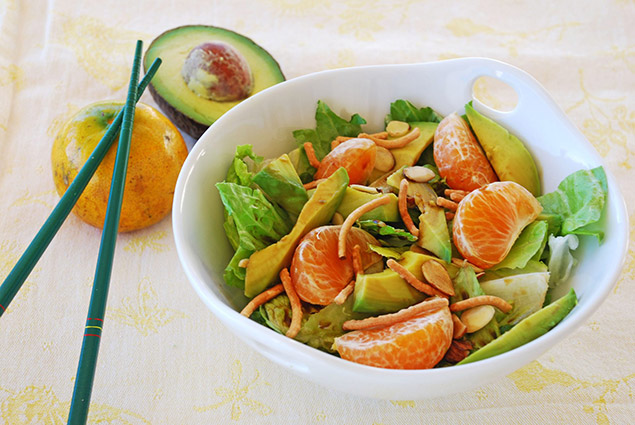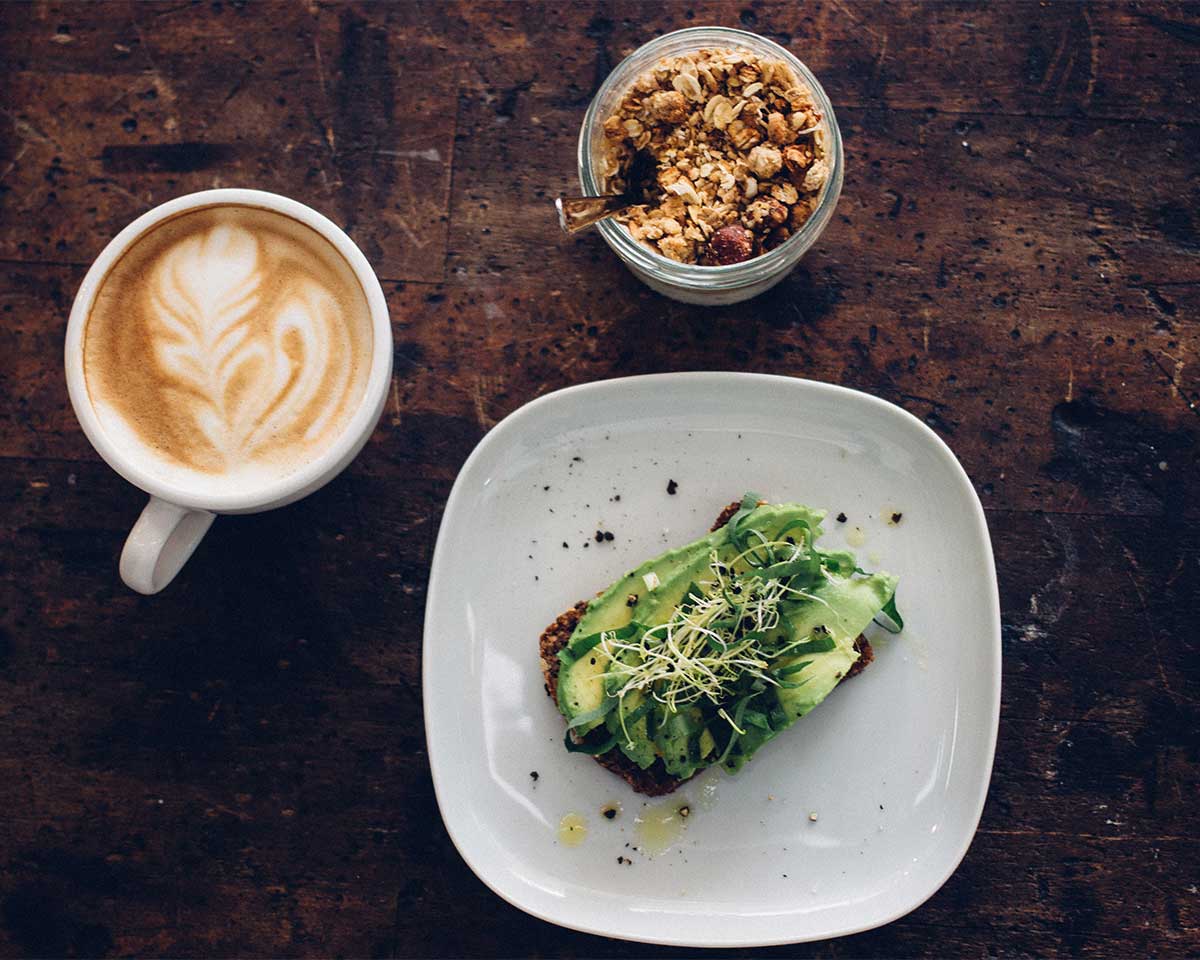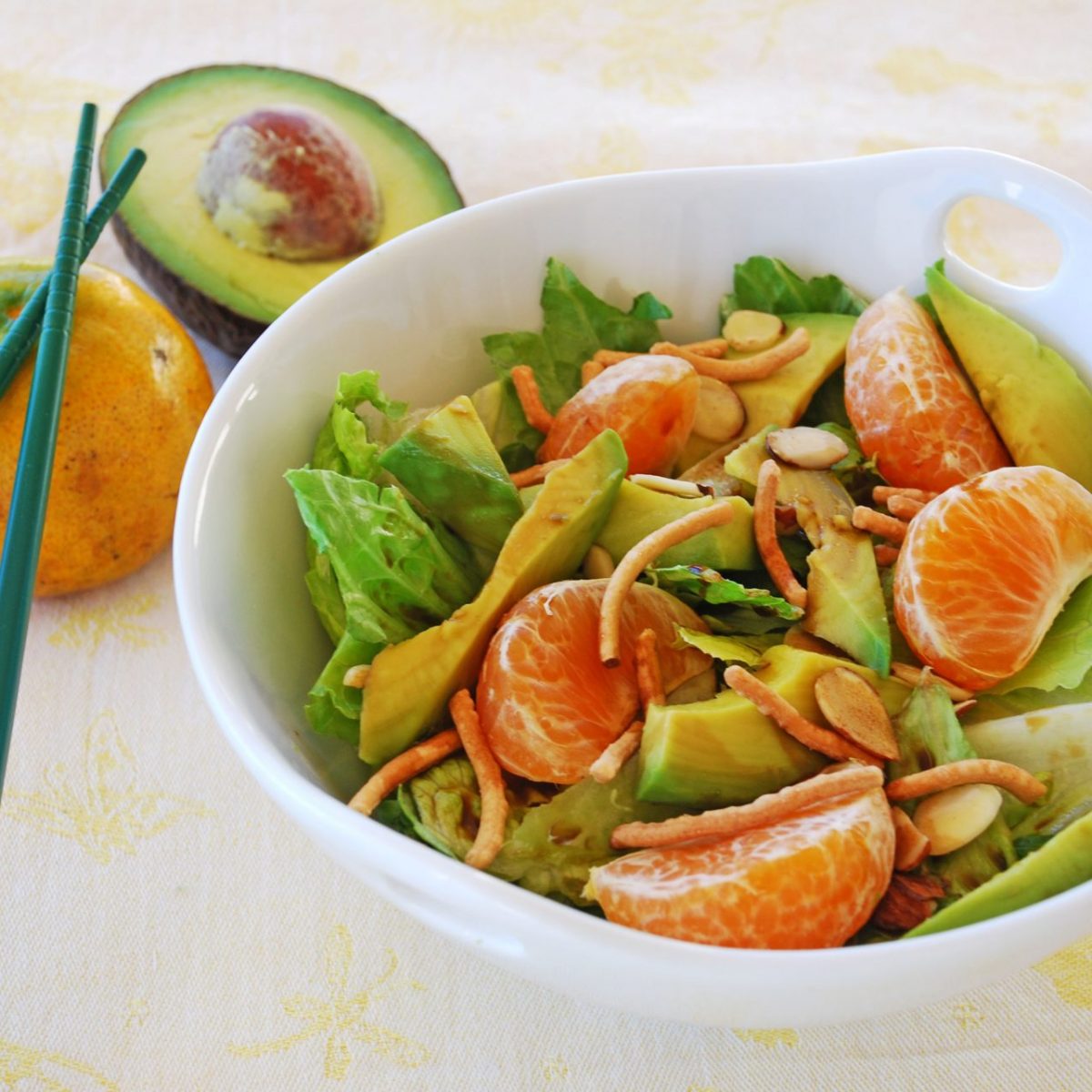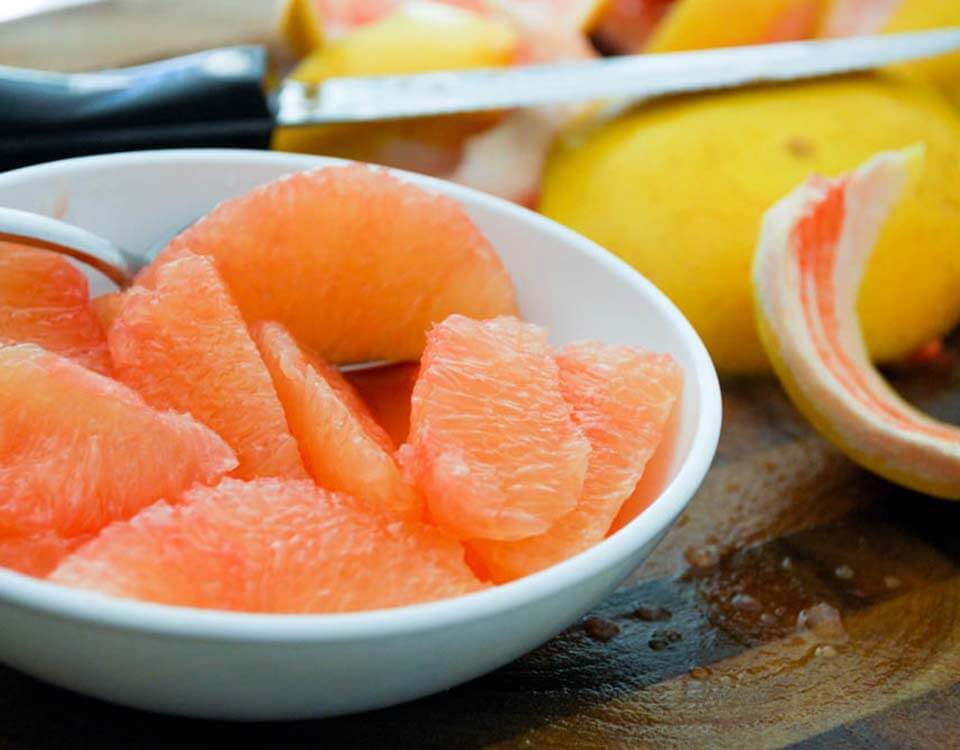What’s all the Fuss about the Flexitarian Diet?

In the world of healthy eating, it seems like there’s a new villain (or savior) every day. On Tuesday, the news says your morning cup of joe might just kill you. On Thursday it’s good for your heart. Carbs are so last week, but this new discovery in the jungle will take ten years off your life. The word “moderation” never gets as much air time these days. But could it be that consuming the right amount of everything is the key to a healthy (and delicious) diet?
What is the Flexitarian Diet?
Welcome to the flexitarian diet. The flexitarian diet focuses on making plant based meals the default, with meat and cheese included sparingly. It transitions away from a meat-centric meal plan without eliminating animal products entirely. This type of diet makes it more appealing for those who are not yet ready to commit to removing meat entirely from their diets. Moderation is key.
There are many variations on Flexitarianism. New York Times’ columnist Mark Bittman proposes a “Vegan Before 6” approach. In this approach, he advocates for a 100% plant based diet before 6:00 pm, with meat returning to the menu for dinner. However, nutritionist Dawn Jackson Blatner argues for a tiered approach. This tiered approach guides you through three levels of commitment, from beginner flexitarians who are vegan two days a week, to expert level Flexers. Expert level Flexers eat plant-based meals 5 days out of the week, and eat under 9 oz. of meat or poultry for the remainder of the week. That’s only two days!
However you choose to flex, experts agree that to make Flexitarianism a sustainable lifestyle change, you should see it as the addition of new and exciting plant based food sources to your diet, rather than as depriving yourself of meat.

Why should I Try Flexitarianism?
Whether you choose to go Vegan before 6 or eliminate meat a few days a week, the Flexitarian diet doesn’t have an expiration date. It’s a sustainable lifestyle change that is, in a word, flexible. It fits your life in a way most diet plans do not. This means its easy to stick with. Studies suggest that the Flexitarian Diet offers nearly all the benefits of a 100% plant based diet (e.g. veganism or vegetarianism) without taking the full plunge.
Instead of limiting your options, Flexitarianism expands your horizons. Most diet plans fizzle out after a few months because, let’s face it, we all want our favorite foods. Instead of denying yourself something you want, Flexitarianism adds more plant based foods. These include nuts, legumes, vegetables, and fresh fruits. Flexitarian diets naturally bring more fiber, nutrients, and antioxidants to the table. Because of this, you can open your heart and kitchen to a delicious array of fruits and veggies without sacrificing your wild-caught salmon for those omega-3 fatty acids. Fist bump!
Nutritionist Dawn Jackson Blatner (who wrote the book on Flexitarianism) claims that Flexitarians weigh, on average, 15% less than the average American. They also tend to live up to three years longer, too. Wait, we’re not done. They also have a lower risk of heart disease, cancer, and diabetes. A win-win in our books!
If that’s not enough, the Flexitarian diet is not just good for you, it’s good for the planet as well. This is something we’re pretty passionate about as you can see here. Plant based food sources are far less taxing on the environment to produce than the same amount of meat or fish.

How to get started:
Like most of the best things in life, your Flexitarian journey begins in the kitchen.
Start with simple changes – as little as one meatless meal per week. When first starting out, focus on adding new plant based foods to your diet, rather than eliminating animal-based protein right away. By easing into a Flexitarian lifestyle gradually, you’ll be more likely to stick to it in the long run, reaping the benefits for years to come. If a totally meatless meal sounds daunting, try going to half-portions of meat, bringing in plant based protein from sources like quinoa or lentils alongside for energy.
When you do eat meat, it is best that you search for quality such as grass-fed beef, free-range chicken and wild-caught fish. Avoid processed meats like bacon, ham and salami. Keep in mind the same principal with animal products like dairy. Your body will appreciate the smaller servings of animal products a lot more than large amounts of processed and low quality meat and dairy.
Stumped by what to eat? Try some vegetarian dishes at restaurants to inspire your culinary creativity. For some of the best tasting farm to table citrus, check our sustainably grown grapefruit, oranges and tangerines. They make a great addition to some of our recipes, like this fresh orange, feta and beet salad for lunch or broiled grapefruit for a sweet snack. It’s also a great time to try a new vegetable, or try an old nemesis in a new way. Even brussels sprouts transform when roasted with a drizzle of olive oil and salt. This simple trick allows the natural sugars to caramelize and develop a nutty flavor you might just go wild for.
Whether you go vegan before 6, set your eyes on ascending to “expert level’ flexitarian, or simply opt for a meatless meal or two during your week, experts say the Flexitarian diet might be the sustainable change that helps you look and feel better without giving up your favorite foods.




